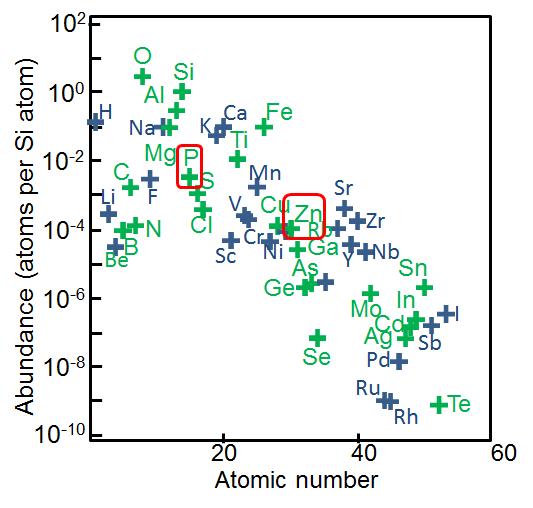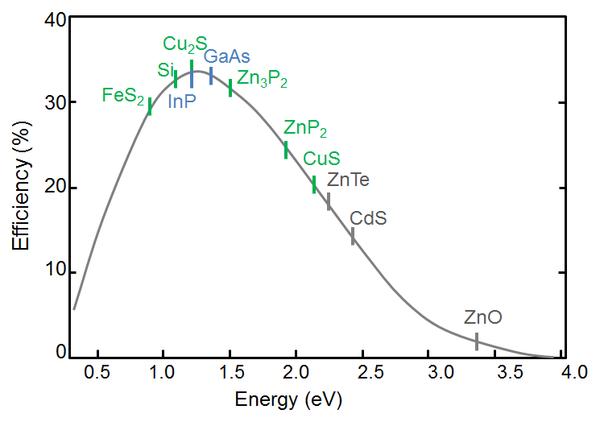SNSF Consolidator Grant awarded to Prof. Anna Fontcuberta i Morral

© 2015 LMSC
Prof. Anna Fontcuberta i Morral has been awarded a CONSOLIDATOR GRANT by the SNSF in the context of the so-called “Temporary Backup Schemes” for the European Research Council (ERC) grants. This transitional measure of the SNSF offers the awardee an adequate substitute for an ERC grant.
-
EASEH - Earth Abundant Semiconductors for next generation Energy Harvesting
Semiconductor materials have penetrated progressively into our daily life, rendering it safer, easier and more advanced through the integration of electronic circuits in any imaginable appliances. Semiconductors also provide renewable energy harvesting solutions through the thermoelectric and photovoltaic effect. In order to render a broad deployment of these technologies globally sustainable, the abundance of the materials needs to be taken into consideration. At the same time, nanoscale materials such as nanowires have already proven to provide both extremely efficient means for energy harvesting via e.g. improved light-conversion coefficients in solar-cell prototypes and improved thermoelectric figures of merit.
This proposal goes beyond the state-of-the-art semiconductor technology in that semiconducting materials made from earth-abundant elements beyond Si are explored as novel and sustainable alternatives for energy harvesting applications. I focus on the zinc-phosphide compounds Zn3P2 and ZnP2 because of their abundance and promising optical, electronic and thermo-electrical properties. Though being extremely promising for a sustainable semiconductor technology, zinc-phosphide epitaxial thin films and filamentary single crystals (nanowires) have not yet been fully mastered.
Sustained by my expertise in the synthesis of ultra-high-purity compound semiconductors and nanostructures, I aim at a similar technique for the synthesis of zinc-phosphide compounds. My team will untangle the synthesis of high quality crystals and related heterostructures at the thin film and nanoscale level, and determine the doping conditions for the tailored modification of the conductivity.
This project will substantiate a novel materials platform for the following applications: solar cells, photo-electrochemical generation of solar fuels and harvesting of waste heat by the thermoelectric effect. It will open a new path towards solid-state renewable energy harvesting applications made with earth-abundant compounds.
Duration of the project: 60 months
Total Amount: CHF 2’357’036.-
Domains: Mathematics, Natural Sciences, Material Sciences, Condensed Matter Physics
Illustrations:


Figure 1. (graph 1) Abundance of elements up to atomic number 53 normalized to Si adapted from [‘Abundance of elements in the earth’s crust and in the sea’, CRC Handbook of Chemistry and Physics, ed. DR Lide, pp. 14–17. Boca Raton: CRC (2005)]. Elements susceptible to be incorporated in energy harvesting devices are marked in green.
(graph 2) Example of functionality: estimation of the Shockley-Queisser limit to the photo-conversion efficiency under condition AM 1.5 as a function of the bandgap of the material. Earth-abundant materials with relevant bandgaps are highlighted in green. In blue are established direct bandgap semiconductors with ideal bandgaps, but less ideal from the materials abundance point of view; and in grey semiconductors which are non-ideal because of the composition and bandgap. Red squares in (graph 1) highlight Zn and P considered in this proposal.